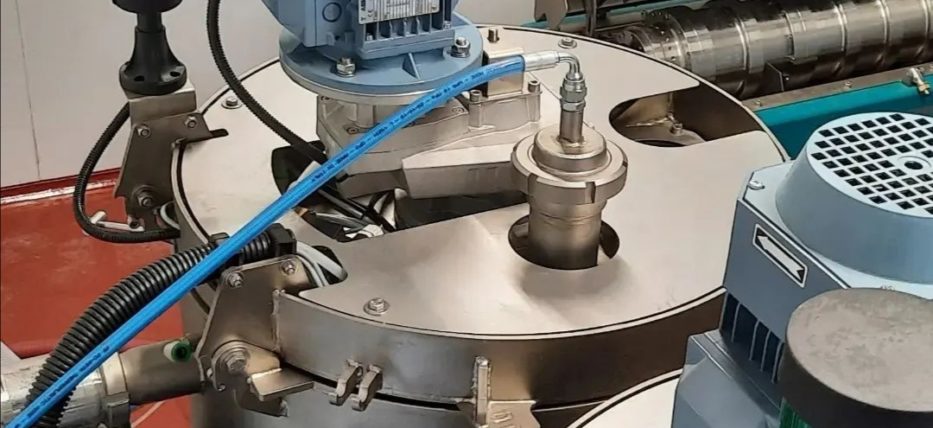The cultivation of olive trees in Bages goes back to remote times. This is evidenced by certain vestiges that show us the tradition of olive cultivation and the obtaining of oil in the territory: oil presses, stone vats or trulls, millstones, dry stone constructions, among others.
The arrival of textile industrialization at the beginning of the 20th century, with a strong presence in the Bages river basins, led to a gradual abandonment of agricultural activity, including the cultivation of olive trees, which gradually receded until they practically became a token activity relegated to obtaining oil for self-consumption in farmhouses.
Another key moment that triggered the decline of the crop was the frosts of 1956 and 1962. The first caused a lot of damage to the trees, which were severely affected, and the second had also very damaging consequences, since it took place just as the olive trees were beginning to recover from the first frost. The harsh weather was decisive in the decline of olive cultivation in the area, with many producers uprooting them.
Fortunately some of the crops were maintained and some roots of the affected olive trees did not die, but grew back. Despite the devastating effects, the cultivation of the olive tree had not been lost but remained as the heritage of several manor houses, becoming a complementary crop and in some cases used for subsistence and for self-consumption.
The arrival of textile industrialization at the beginning of the 20th century, with a strong presence in the Bages river basins, led to a gradual abandonment of agricultural activity, including the cultivation of olive trees, which gradually receded until they practically became a token activity relegated to obtaining oil for self-consumption in farmhouses.
Another key moment that triggered the decline of the crop was the frosts of 1956 and 1962. The first caused a lot of damage to the trees, which were severely affected, and the second had also very damaging consequences, since it took place just as the olive trees were beginning to recover from the first frost. The harsh weather was decisive in the decline of olive cultivation in the area, with many producers uprooting them.
Fortunately some of the crops were maintained and some roots of the affected olive trees did not die, but grew back. Despite the devastating effects, the cultivation of the olive tree had not been lost but remained as the heritage of several manor houses, becoming a complementary crop and in some cases used for subsistence and for self-consumption.
Olive trees in Catalonia represent almost 15% of its agricultural area and are the main woody crop. In 2019, 109,731 hectares were counted as specifically dedicated to the cultivation of olive trees, of which more than 80% were dryland crops and almost all of the production was intended for olive groves. Almost all Catalan counties have olive farms on their territory.
The production of oil in Catalonia has a tendency towards the production of fairly uniform oils, since it is estimated that more than 85% of the Catalan production is based on four main olive varieties (‘Arbequina’, ‘Morruda’, ‘Empeltre’ and ‘Sevillenca’), where the ‘Arbequina’ variety represents more than 50% of the area planted with olive trees.
According to official data, the Bages region has 213 ha with a production of 258 t of oil. The official data reflected in the DUN, show that there are three varieties that predominate in the region and they are, in order of importance in cultivated area, the variety ‘Arbequina’, the ‘Corbella’ and the ‘Verdal de Manresa’ ‘.

Reception / entrance olives


